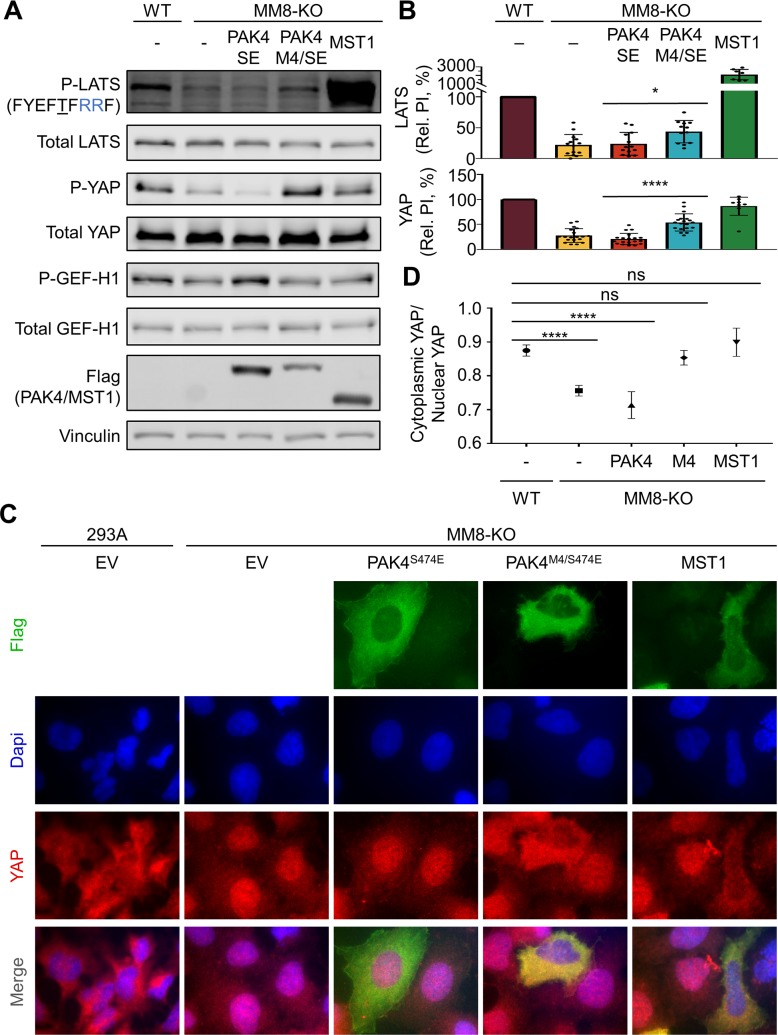Fig 8. Signaling through the Hippo pathway by re-engineered PAK4.
(A) Phosphorylation of LATS and YAP in parental HEK293A (WT) or a derivative lacking eight STE20 family kinases (MM8-KO) were analyzed by immunoblotting following transfection with plasmids expressing the indicated kinases. (B) Quantified Rel. PIs from immunoblots were normalized to the signal from WT cells (n ≥ 7, error bars indicate SD). Student t tests were used to determine whether the indicated pairs were significantly different from each other (*p < 0.05; ****p < 0.0001). (C) Parental HEK293A or MM-8KO cells transfected with the indicated constructs and serum starved for 60 min were imaged after staining with DAPI (blue) and antibodies to YAP (red) and FLAG epitope (green). (D) Automated scoring (CellProfiler) of YAP nucleocytoplasmic distribution. More than 90 cells were scored for each condition in three replicate experiments. Values were tested for significant differences by an ordinary one-way ANOVA (F = 34.06, p < 0.0001), followed by Dunnett’s test to compare each condition to the mock transfected parental line (293A) values (****p < 0.0001; ns, not significantly different at p = 0.05). Error bars represent 95% CI. Numerical data for (B) and (D) are provided in S2 Data. DAPI, 4′,6-diamidino-2-phenylindole; EV, empty vector; GEF-H1, Rho guanine nucleotide exchange factor H1; HEK, human embryonic kidney; LATS, large tumor suppressor homolog; MST, Mammalian sterile 20 kinase; PAK, p21-activated kinase; P-, phospho-; Rel. PI, relative phosphorylation index; SE, standard error; WT, wild type; YAP, Yes-associated protein.

